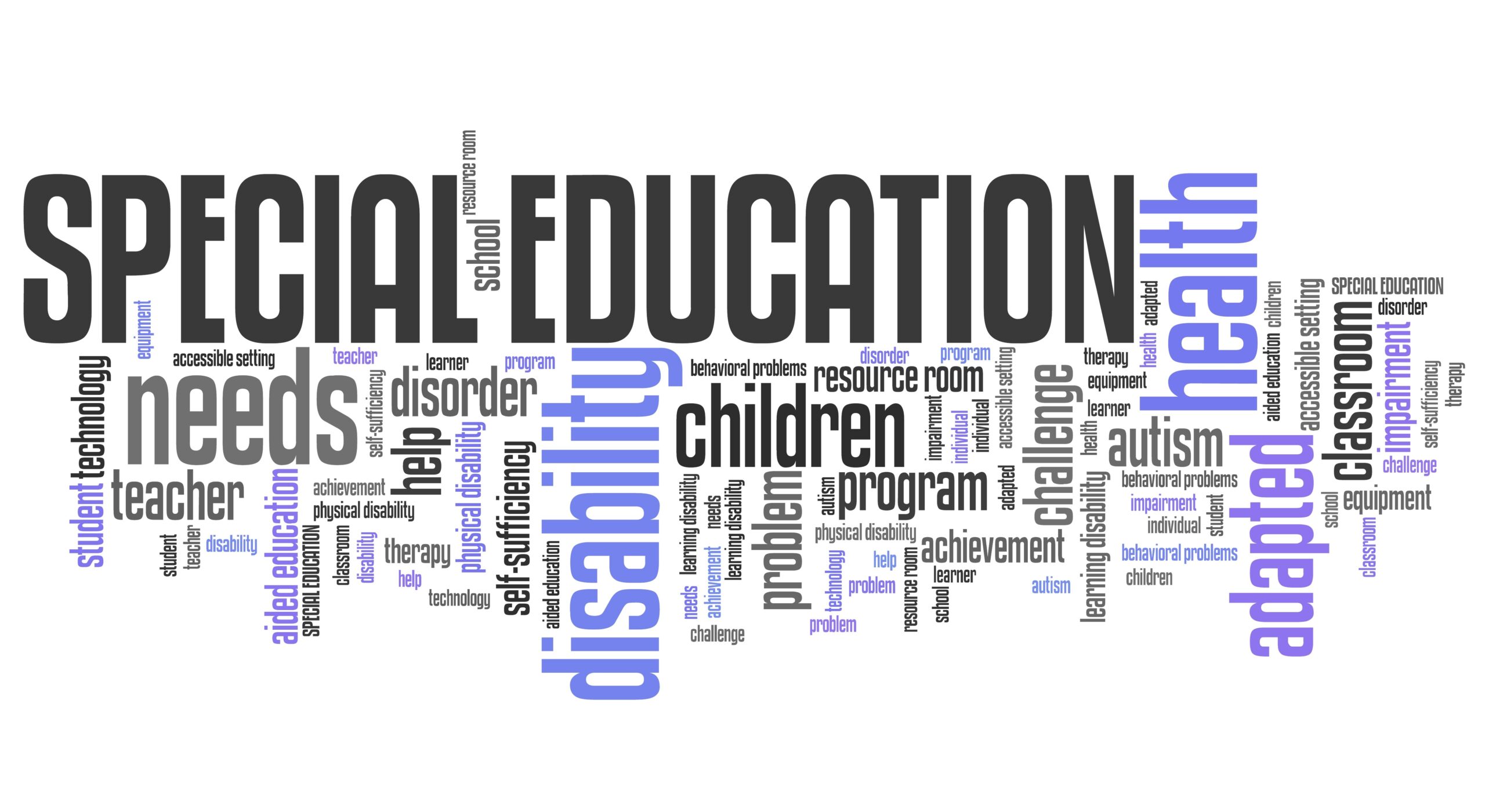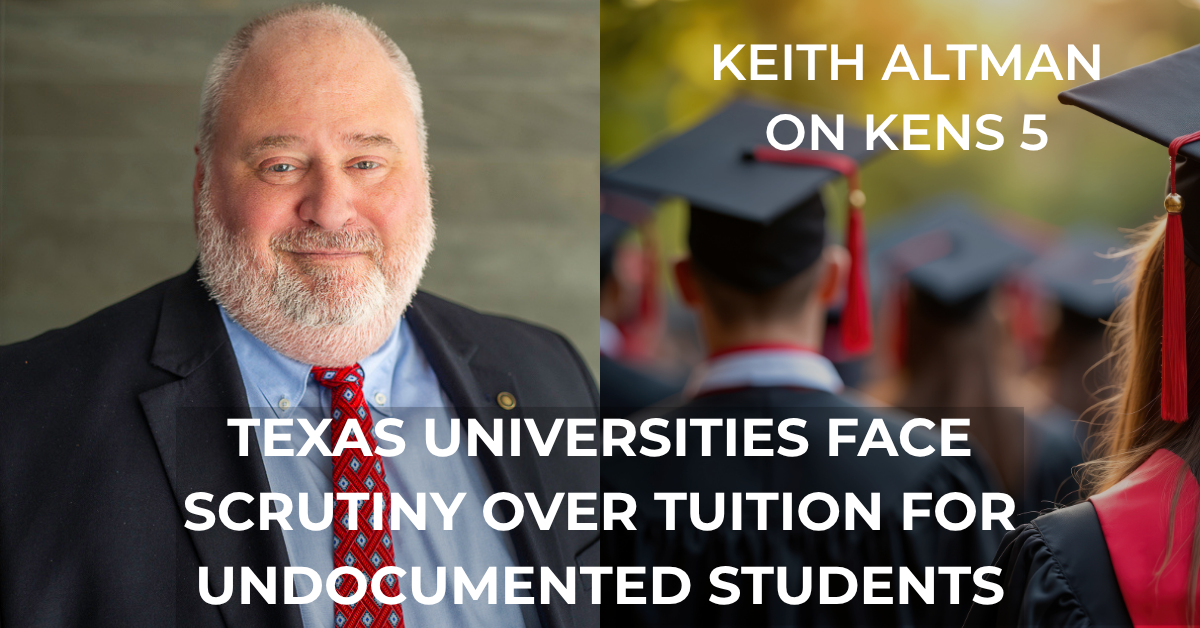Curious about your child’s eligibility for special education category?
The Individuals with Disabilities Education Act (DEA) has 13 categories where needs can be identified and meet accordingly as per requirements of students. These categories are not mere bureaucratic but they represent challenges that many of the students are struggling to meet their education goals. These are also the areas that must be met to ensure learners are not left behind.
These are the 13 categories of disability in reference to special education under IDEA:
- Specific Learning Disability (SLD)
- Speech or Language Impairment
- Other Health Impairment
- Autism Spectrum Disorder (ASD)
- Intellectual Disability
- Emotional Disturbance
- Developmental Delay
- Multiple Disabilities
- Deaf-Blindness
- Deafness
- Hearing Impairment
- Orthopedic Impairment
- Traumatic Brain Injury (TBI)
Let’s look at the following in detail.
1. Specific Learning Disability (SLD)
First up, we have Specific Learning Disability, or SLD for short. This category is sort of a catch-all for students who really struggle with certain academic skills. It’s a category of kids where reading, writing, or math is a little bit tougher than for some of their buddies.
Some common examples include dyslexia (reading difficulty) and dysgraphia (writing difficulties).
It is estimated that about 35% of students with IEPs fall into this category. If you’ve ever seen a child struggling to read a paragraph out loud while other students read smoothly, you know how important this category is and that the right support has to be given.
2. Speech or Language Impairment
Speech or Language Impairment, includes students that do not communicate well. It can be a lisp, stuttering, or difficulty in understanding what they hear, which all can be really problematic for a child’s ability to participate in classroom discussion or communicate their ideas.
Imagine a person were to have a brain full of ideas to be expressed in a group project, but they would only stutter a few words. Quite frustrating, isn’t it? Well, this is a significant category, so students can be able to receive speech therapy and other interventions that can help them out to communicate confidently.
3. Other Health Impairment
Other Health Impairment (OHI) is a little bit broad and includes various health conditions that might affect one’s energy levels, alertness, or general learning. Conditions such as ADHD, epilepsy, and even chronic illnesses all fall under this classification.
For example, consider the student who does not pay attention in class because he or she is overwhelmed with racing thoughts or might be too tired to pay attention because of a medical issue. OHI ensures that such students are properly provided for so they can excel.
4. Autism Spectrum Disorder (ASD)
Autism Spectrum Disorder. ASD affects social interaction, communication, and behavior, which in turn makes the students dealing with this cognitive disability unique. Each child on the spectrum is different; therefore, it’s considered a “spectrum.”
Some may have areas of enlightenment, while others wouldn’t have a shred to understand even some of the most basic social cues. Schools can provide special types of support, such as social skills training and individualized learning plans, which would help these students navigate their special needs through the educational process.
5. Intellectual Disability
Intellectual Disability refers to a generalized neurodevelopmental disorder characterized by significantly below average intellectual functioning and deficits in adaptive behavior. Students categorically classified here may face challenges in learning, problem-solving, and daily living skills.
Just keep in mind that these students can still learn and grow, just sometimes differently. Think of that as turning the dial to the radio: sometimes you have to find the right frequency to be able to hear it well.
6. Emotional Disturbance
Emotional Disturbance is another category of special education that addresses challenges to a child’s mental health, or at least whether or not it impacts his or her academics. It includes things like anxiety disorders, depression, and other behavioral motives. Now, picture a student who cannot focus in class due to overwhelming feelings of anxiety.
This is a category which allows a school to supply needed supports, such as counseling and behavior intervention plans, to help these students succeed.
7. Developmental Delay
Developmental delay is a category that includes mainly the younger children, typically under 9 years old. It deals with a physical, cognitive, communication, social, or emotional development delay.
If a child is lagging behind their peers in reaching developmental milestones like walking or talking, they may qualify for services under this category. Early intervention is key here, as it can make a significant difference in a child’s future learning and development.
8. Multiple Disabilities
Multiple Disabilities—more than one qualifying condition of a type which significantly impacts educational performance. For example, a student may have an intellectual disability and a physical impairment.
This category is special and unique because, for some students to receive appropriate education, a combination of services has to be made, addressing diverse needs.
9. Deaf-Blindness
Deaf-Blindness is a rare condition; however, it is considered very critical since it includes all those students who experience hearing and visual impairments. Such potential combinations of difficulties lead to extreme barriers for effective communication and learning. Students coming from this category often require special support and resources to be provided with their educational environment.
10. Hearing Impairment, Including Deafness
Hearing Impairment is, refers to the variety of lessened capacity to hear which may still be adequate to permit the auditory processing that allows meaning to be derived from verbal stimuli. Students with this kind of disability cannot pick up the sounds happening in instructional environments or will not be able to follow instructional conversations. For these students, schools can offer support through specialized instruction and technology.
11. Blindness
Blindness is defined as a visual impairment that, even with correction, adversely affects a child’s educational performance. This category encompasses a range of visual impairments, from partial sight to complete blindness.
12. Orthopedic Impairment
Orthopedic Impairment covers physical disabilities that impact a child’s ability to move or perform daily tasks. This can include conditions like cerebral palsy, amputations, or other physical challenges. Schools play a significant role in providing accommodations, such as adaptive equipment or modified physical education programs, to ensure these students can participate fully in school activities.
13. Traumatic Brain Injury (TBI)
Traumatic Brain Injury refers to an acquired brain injury originating from external trauma, such as being in a car accident or another sports-related injury. Students suffering from TBI may experience a wide range of cognitive, physical, and emotional complications that impact learning. Schools should be able to offer continuing support, rehabilitation, and help in the recapturing of skills and adjusting to new circumstances for students.
Conclusion
Knowing the 13 categories of special education could go a long way when establishing an inclusive and supportive learning environment for every student. Every category has varying challenges and attributes to learners’ strengths. It is in recognizing these differences that an administrator is able to provide the resources and interventions befitting the need.
By embracing this diversity of learners in our classrooms, we can ensure that every child can succeed and reach their full potential. So, let us celebrate these categories and the incredible resilience of students who navigate their educational journeys with courage and determination.




